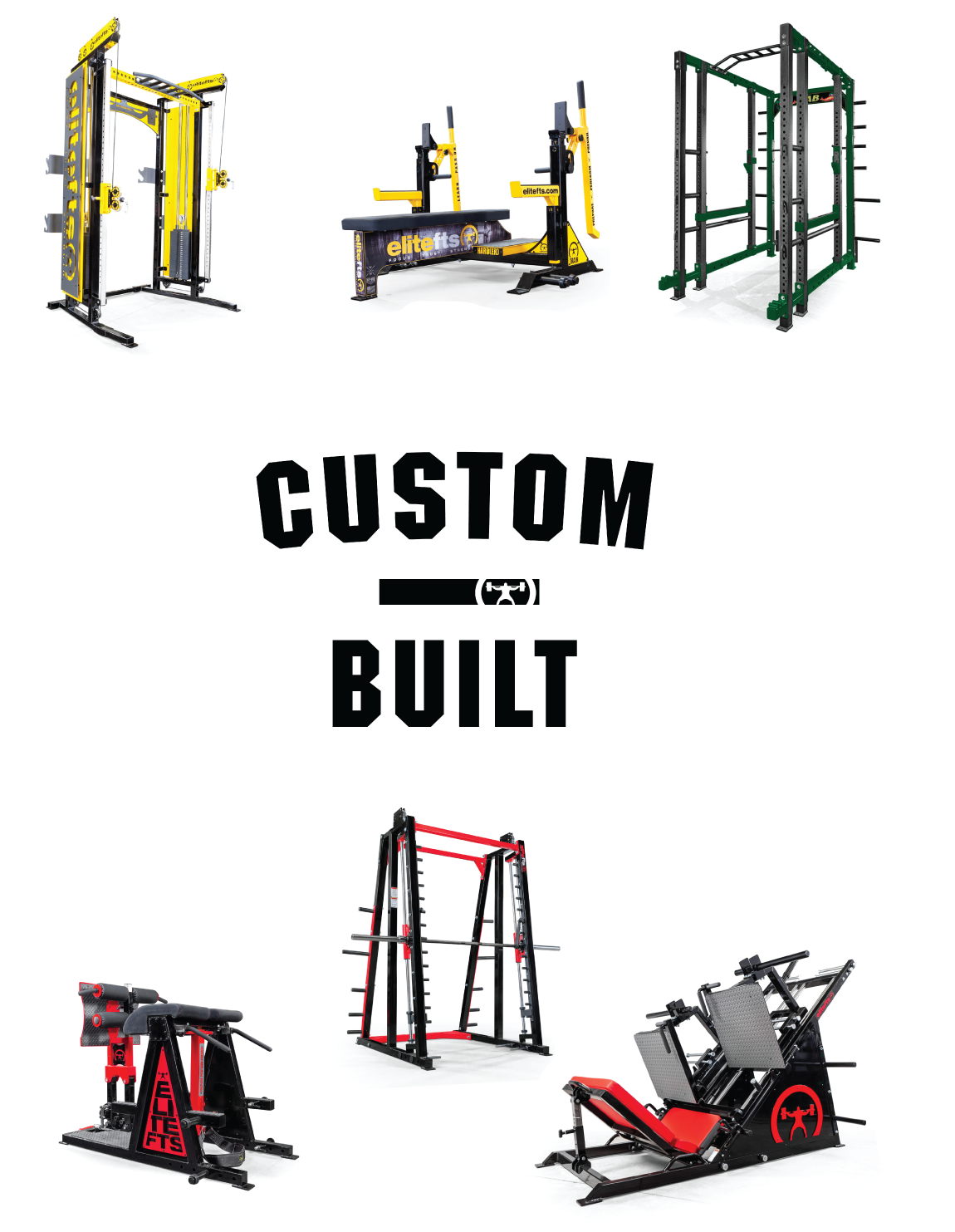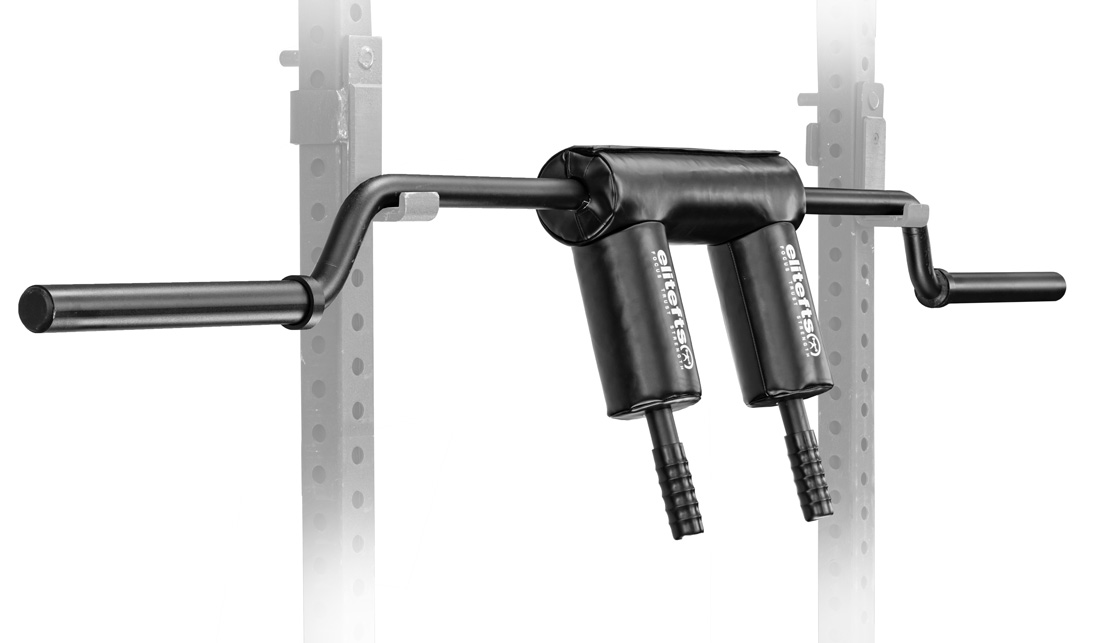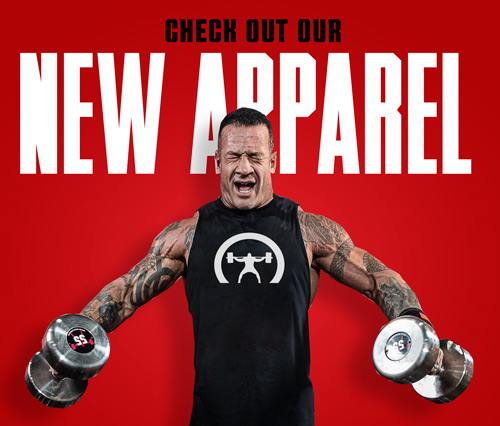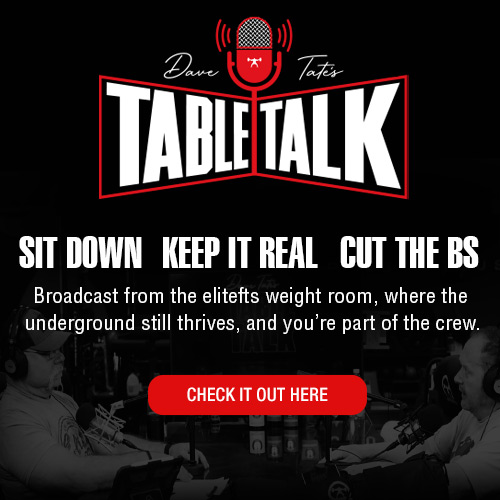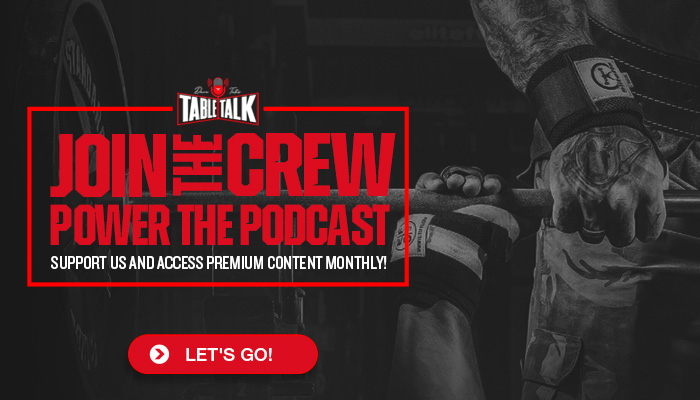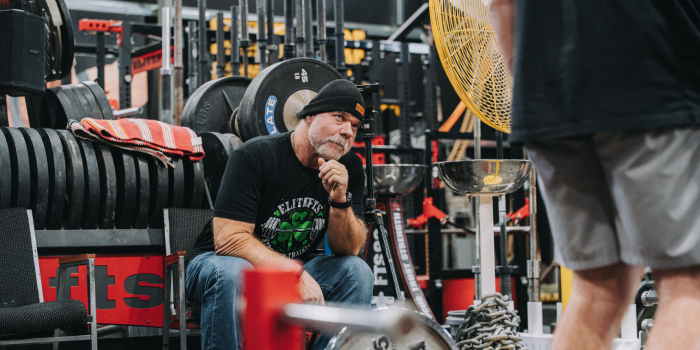
My last contribution here was four years ago, and it feels like a lifetime. Much has happened globally and personally. The pandemic caused havoc and accelerated societal shifts, and for a generation that includes me, it marked an abrupt entry into a new stage of life. For me, the starkest marker of this transition was chronic pain.
When Deadlifts Become Complicated
Like you, I wasn’t planning on living with debilitating pain as I aged. Like you, I have a t-shirt with Jon Pall Sigmarsson’s famous phrase: “There is no reason to be alive if you can’t do a deadlift.” I still (mostly) believe that, and I do deadlift a proud loaded Texas bar, but when I got that shirt, the phrase meant something very different. I didn’t know then, but I took too many things for granted: my strength and perceived helplessness when facing obstacles.
I’m here to share what I’ve learned through study, testing, and personal experience. After all, suddenly aware or not, we all age. Studies suggest 40-60% of us live with chronic pain later in life, potentially making us the majority in our cohort. Even for the healthier among us, managing persistent pain becomes a necessity. This includes older athletes, with approximately one-third experiencing chronic pain and functional limitations.
What Being an Athlete Gives Us
Perhaps the most important thing I confirmed is that being an athlete protects us from some of the worst health outcomes of aging. In my journey through waiting rooms and online forums for long COVID, ME/CFS, or other chronic pain conditions, I encountered many who embodied an attitude of defeat. Acceptance, meaning a realistic assessment of one's situation, is key to dealing with any problem, but accepting defeat is its antithesis.
As athletes, we understand bodily recovery and are familiar with pain. We tend to be more disciplined, often leading to more success in long, tedious processes involving daily exercises, diet, or medication. Crucially, as athletes, we belong to a community that reflects a healthier identity concerning physical self-efficacy.
The Pain Timeline
I contracted COVID-19 in April 2020, suffering a serious respiratory illness for weeks. By May and June, persistent low-grade fever and severe joint pain, particularly at former injury sites, set in. I began treatment with opioids. By June 2021, the pain intensified, concentrating in my lower back with radiculopathy involving both sciatic and femoral nerves. Between August 2021 and November 2022, I underwent several epidural corticoid injections, which offered no relief. Surgery was hesitantly suggested as a "maybe." In August 2022, the pain was so severe that, in my home gym, I performed my last deadlift for almost two years.
Why did I stop deadlifting? Excruciating pain was a factor, but that rarely stops lifters. I stopped due to confusion and fear: a lack of evidence, conflicting medical information, and the gnawing uncertainty of whether I was aggravating something in my back.
The Comeback Begins
I wasn’t, and I’ve since learned much. In May 2024, I cautiously resumed lifting, experimenting with various approaches. One powerlifting-based method allowed me to progress from an empty bar feeling heavy to a calculated 1RM bench of 155.3 lbs (70.4 kg), a ~90 kg squat, and a ~110 kg deadlift within four months. While this was likely early neural adaptation over a former athlete's foundation, and that specific approach eventually failed, it proved one thing: despite my new limitations, I am still trainable.
What Happens When It All Fails (Again)
You might wonder how these approaches "fail." They succumb to the first significant pain flare-up. Honestly, "flare-up" feels like a misnomer, as I likely spend more days in heightened pain than not. Pain levels fluctuate daily and in waves lasting days or weeks. The strength gains mentioned occurred during a short period without major flare-ups. This ended when, as pain increased, I measured a nearly 20% strength loss from one session to the next: one week, a calculated 1RM bench of 155.3 lbs (70.4 kg); the next, 124.2 lbs (56.33 kg).
The Lessons Begin
Strength gains are never linear, but in this new old body, they behave entirely differently. Exercise tolerance and fatigability also fluctuate wildly. This was the first lesson: this is a new body. It doesn’t work like before. I must relearn much. It’s apparently chaotic, with wide fluctuations, making concrete goal-setting nearly impossible. Here, acceptance is vital – not surrender, but coming to terms with an unfavorable reality to better manage and improve it, possibly by learning new skills.
If setting goals or predicting evolution is impossible, so is periodization. Programming is necessarily done in real-time, based on immediate responses. Second lesson: decision-making occurs under uncertainty, unpredictability, and in real-time. This demands high self-awareness: after all, I am alone in deciding, executing, observing, and remediating. This brings us to the third lesson: self-sufficiency and readiness. There’s no pre-written manual for these on-the-fly training decisions. Old progression tables are unreliable. Someone must decide whether to stick to the plan, modify an exercise, reduce volume, or call it a day.
This might sound obvious, but it wasn't. I never realized how "safe" my coaching decisions were until I had to coach myself. Previously, when individuals with similar complex issues approached me, I’d refer them to specialists, deeming myself unqualified. Yet, here I am, navigating this myself.
There are philosophical and ethical considerations. I wouldn't coach someone like me now; it’s irresponsible given the high failure rate and unpredictable damage. Most physicians wouldn’t recommend my decisions, and I agree with them – recommending implies shared responsibility. But if I adhere strictly to the safest guidelines, I might sacrifice real progress. The third lesson, therefore, is that confronting certain disabilities (or engaging in certain rehabilitations) carries an inherent audacity.
The result was my highest-ever mistake and failure rate, but also my most intensive learning period since I began training, perhaps more intense than most of my formal academic track. I made ridiculous choices and paid prices, including days of excruciating pain from re-inflaming joints.
The Athlete’s Edge
Next is the lesson I began with: we, old athletes, are protected from many difficulties plaguing others. We take for granted what it means to do something that might cause significant pain. Most people fear unfamiliar movements or bodily responses. We take for granted assuming accountability for exercise decisions and maintaining composure after a mistake leads to days of pain of unknown duration. We take self-awareness for granted, accustomed to being alone under the bar, senses focused on signals from our joints and muscles.
We also take for granted not viewing ourselves as residents of "death’s waiting room," not succumbing to the popular assumption that older people must be less active, and not yielding to every mainstream physician’s prejudices about aging, lifting, joints, pain, and food – areas where medical education has been deficient. Most people do, and pay a high price. Our athletic background unconsciously protects us.
Community Is the Final Protection
This brings me to the final protection and perhaps the most relevant lesson: we are what we are because we belong to a community. We share the practice of certain lifts or events, the meaning this practice holds, knowledge about it, and a collective history, future, and geography concerning it. We face issues as a community, equipped with an athlete's mindset to analyze problems, construct shared knowledge, and develop resources and procedures.
The worst thing I did when I got sick and performed that last deadlift in 2022 was to isolate myself. But even then, we are still protected: we can always go back: cheers.



